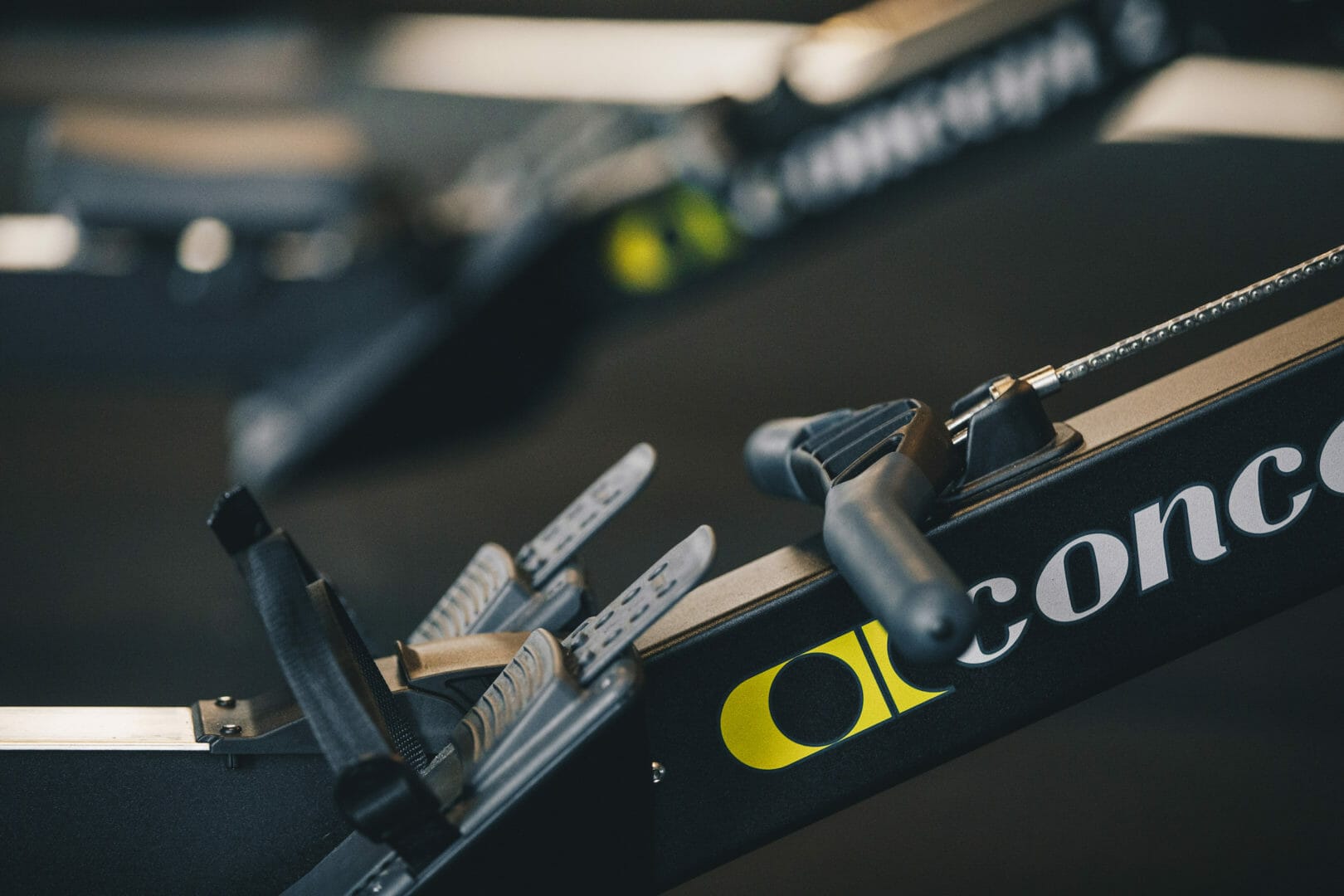
In the world of fitness, we often find ourselves in a constant pursuit of muscle gain and fat loss. We’re bombarded with promises of quick fixes, rapid transformations, and shortcuts to achieve the body of our dreams. But how fast can we truly gain muscle and lose fat? And what happens when we take too much time off from our fitness routines? Let’s delve into these questions and explore the delicate balance required for sustainable progress.
Rapid Muscle Gain and Fat Loss: Myth or Reality?
The desire for rapid muscle gain and fat loss is understandable. Who wouldn’t want to see immediate results after putting in the effort at the gym and making dietary changes? However, it’s essential to understand that sustainable progress takes time.
Various factors influence muscle gain and fat loss, such as genetics, diet, training intensity, and consistency. They are intricate processes, and while it’s possible to make significant strides in a relatively short period of time, aiming for too much too soon can lead to disappointment and even harm.
Rapid muscle gain often requires a combination of progressive resistance training, adequate protein intake, and sufficient rest for recovery. Likewise, fat loss involves creating a calorie deficit through diet and exercise. Finding the right balance is crucial to prevent muscle loss while shedding fat.
The Reality of Fitness Plateaus and Setbacks
Consistency is key in any fitness journey. However, life sometimes throws curveballs, leading us to take breaks from our routines. Whether due to injury, illness, work commitments, or personal reasons, extended periods away from exercise can impact our fitness levels.
Studies have shown that the loss of fitness due to inactivity, can occur within a few weeks of stopping regular exercise. Cardiovascular fitness declines, muscle mass decreases, and strength diminishes. The longer the hiatus, the greater the loss.
Moreover, setbacks in fitness can have psychological effects, leading to feelings of guilt, demotivation, and frustration. It’s essential to approach setbacks with patience and understanding, acknowledging that progress is not always linear.
Striking a Balance for Long-Term Success
Achieving sustainable muscle gain, fat loss, and overall fitness requires a balanced approach. Here are some tips to help maintain equilibrium in your fitness journey:
Set Realistic Goals: Establish achievable short-term and long-term goals that align with your abilities and lifestyle.
Prioritize Consistency: Consistently engage in both exercise and healthy eating habits to support your fitness goals.
Listen to Your Body: Pay attention to signs of fatigue, injury, or burnout, and adjust your routine accordingly. Rest and recovery are just as important as exercise.
Embrace Variety: Incorporate a variety of exercises and activities into your routine to prevent overuse injuries and boredom.
Monitor Progress: Track your progress using measurements, photos, and/or performance metrics to stay motivated and accountable.
Practice Patience: Understand that meaningful changes take time. Focus on the process rather than solely fixating on the end result.
In conclusion, the journey to achieving muscle gain, fat loss, and fitness is not a sprint but a marathon. While it’s tempting to seek quick fixes and rapid transformations, sustainable progress requires patience, consistency, and balance. By adopting a holistic approach to fitness and embracing the ups and downs along the way, you can achieve long-term success and maintain a healthy lifestyle for years to come.
